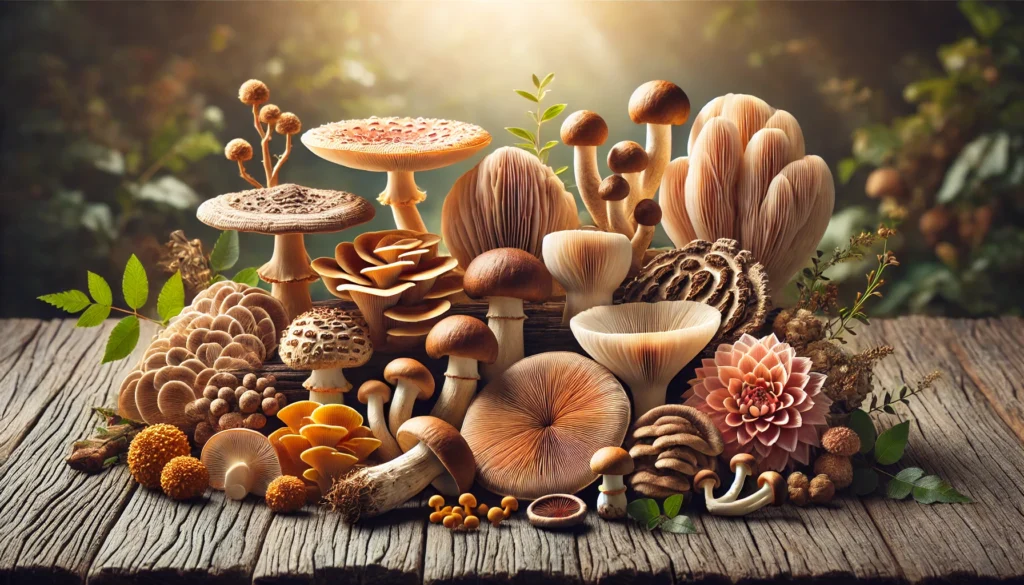Water retention—also called fluid retention or edema—is a common condition that occurs when excess fluid builds up in the body’s tissues. This buildup can cause bloating, swelling, stiffness in joints, and general discomfort, making everyday life feel more challenging than usual. While water retention can be caused by a variety of factors—ranging from diet and lifestyle choices to underlying medical conditions—herbal solutions have long been used as natural remedies for easing symptoms.
In this guide, we’ll explore everything you need to know about water retention, including the common causes and symptoms, and then delve deeply into the best herbal solutions to reduce bloating. We’ll discuss the various herbs and their properties, practical ways to incorporate them into your daily routine, and valuable lifestyle tips that can help prevent future flare-ups.
Table of Contents
Understanding Water Retention (Fluid Retention)
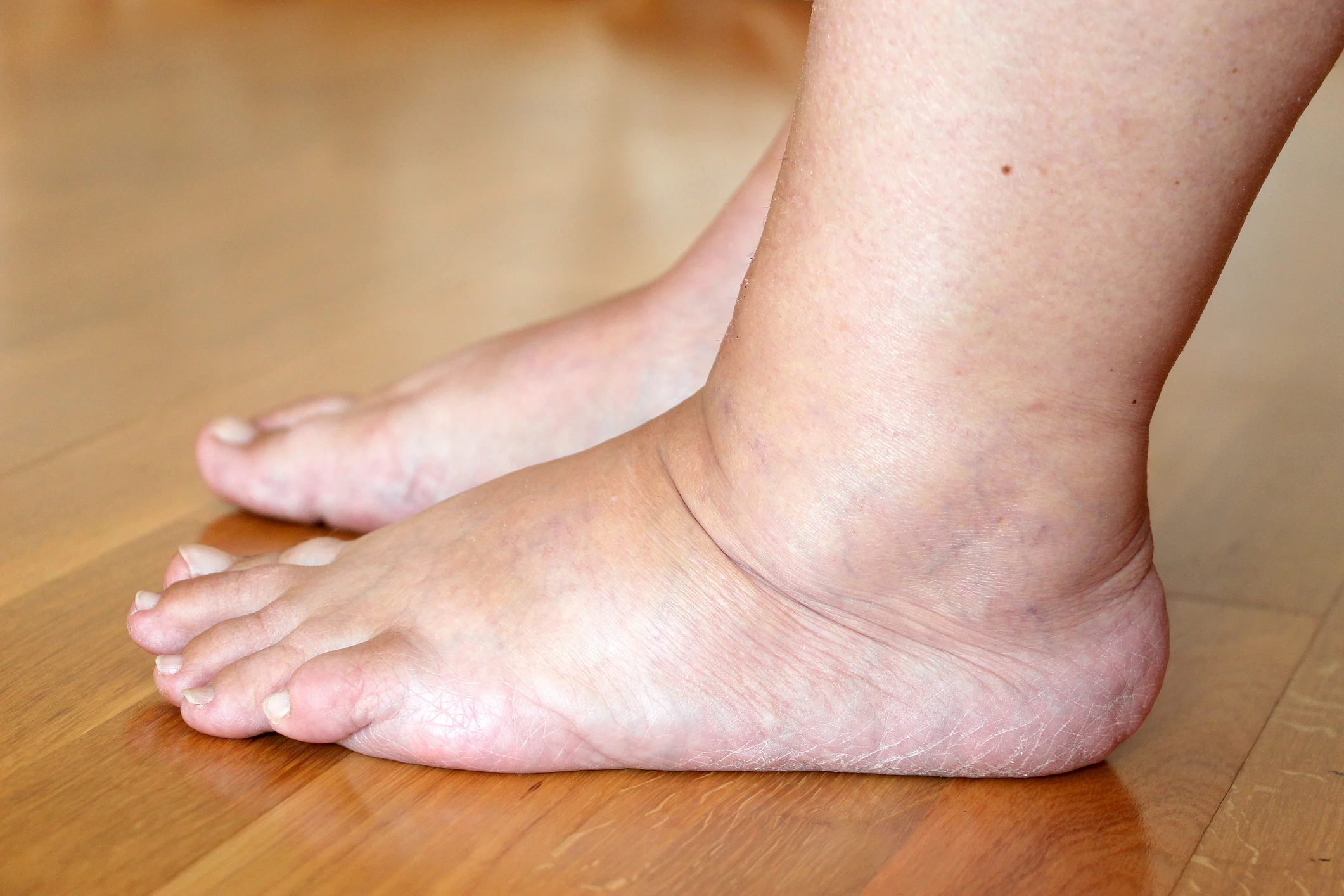
Water retention, also known as fluid retention or edema, is a condition in which the body accumulates excess fluid in the spaces between cells. Normally, your body’s fluid levels are balanced through complex mechanisms involving your cardiovascular, lymphatic, and urinary systems. When an imbalance occurs, fluid can build up, leading to swelling, most commonly in the extremities such as the feet, ankles, and hands, but it can also manifest as generalized bloating in the abdomen and face.
Why It Matters
- Comfort: Excess fluid can lead to discomfort and pain, especially if it places extra pressure on joints.
- Appearance: Many people dislike the puffy, bloated appearance that often comes with water retention.
- Health Indicators: Persistent water retention may signify other underlying health issues such as kidney problems, hormonal imbalances, or cardiovascular concerns.
Understanding water retention is the first step to finding relief. Recognizing the causes and early warning signs gives you a clear path toward both short-term remedies and long-term preventive measures.
Common Causes of Water Retention
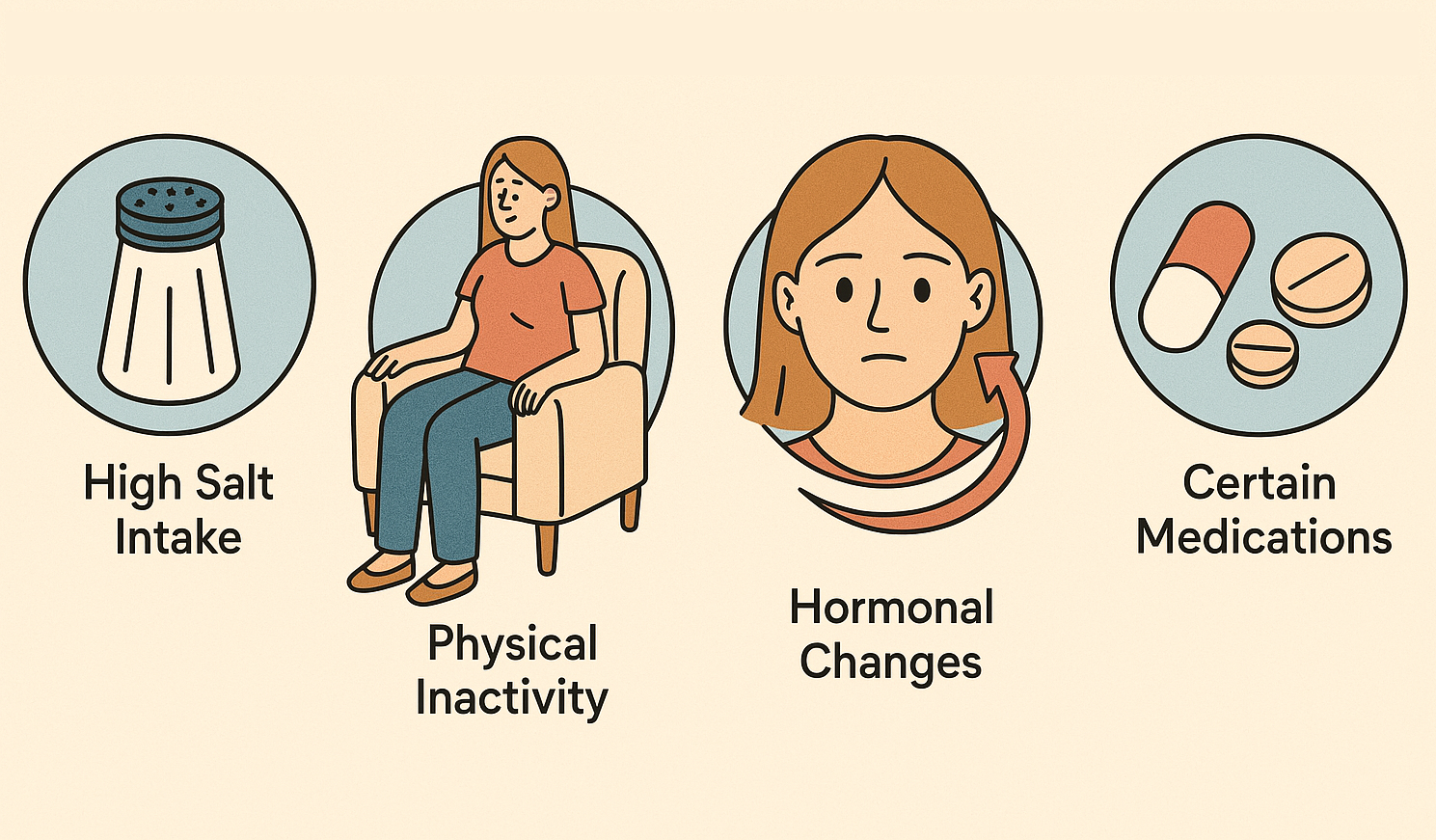
Water retention can stem from a variety of sources, ranging from simple dietary factors to more complex medical conditions. Below are some of the most common causes:
- High Sodium Intake
A diet rich in salty foods can cause your body to hold onto water, leading to bloating and swelling. Table salt (sodium chloride) and processed foods are notorious for contributing to this issue. - Hormonal Fluctuations
Many women experience fluid retention during their menstrual cycles due to hormonal changes in estrogen and progesterone levels. Similarly, hormonal imbalances related to thyroid or adrenal gland function can also lead to water retention. - Sedentary Lifestyle
Lack of physical activity reduces circulation in the legs and feet, making fluid retention more likely. Sitting or standing for extended periods can be a major culprit. - Dehydration
Paradoxically, not drinking enough water can make the body retain more fluid. When your body senses it’s not getting adequate water, it shifts into “conservation mode,” holding onto every drop. - Medications
Certain medications—like corticosteroids, nonsteroidal anti-inflammatory drugs (NSAIDs), and some blood pressure medications—can cause water retention as a side effect. - Chronic Health Conditions
Kidney disease, congestive heart failure, and liver cirrhosis are serious conditions that often manifest with edema (excess fluid in tissues). Always seek medical advice if you suspect an underlying condition. - Nutrient Deficiencies
Low levels of certain vitamins and minerals, such as vitamin B6 or magnesium, may hinder the body’s ability to maintain proper fluid balance.
Identifying which factors might be contributing to your water retention can help you choose the most effective strategies to combat it.
Signs and Symptoms of Water Retention

Not everyone will experience water retention in the same way, but some common symptoms and signs include:
- Swelling in Extremities
Noticeable puffiness in your hands, feet, or ankles might mean fluid is pooling in these areas. - Bloated Abdomen
A swollen midsection can be a classic sign of water retention, especially if it feels taut or looks visibly puffy. - Weight Fluctuations
Rapid weight gain over the span of a day or two might be due to fluid buildup rather than increased fat. - Stiffness in Joints
Excess fluid can limit your range of motion, causing joints to feel stiff, particularly in the knees and ankles. - Indentations on Skin
If you press on the swollen area, you may notice a dent or pit remains for a few seconds—a phenomenon known as pitting edema. - Tight Clothing or Accessories
Shoes or rings that suddenly feel tighter can indicate swelling and fluid retention.
Be mindful of these symptoms. While occasional, mild water retention may not be concerning, chronic or severe cases can be a sign of an underlying problem.
Conventional Approaches to Reducing Water Retention
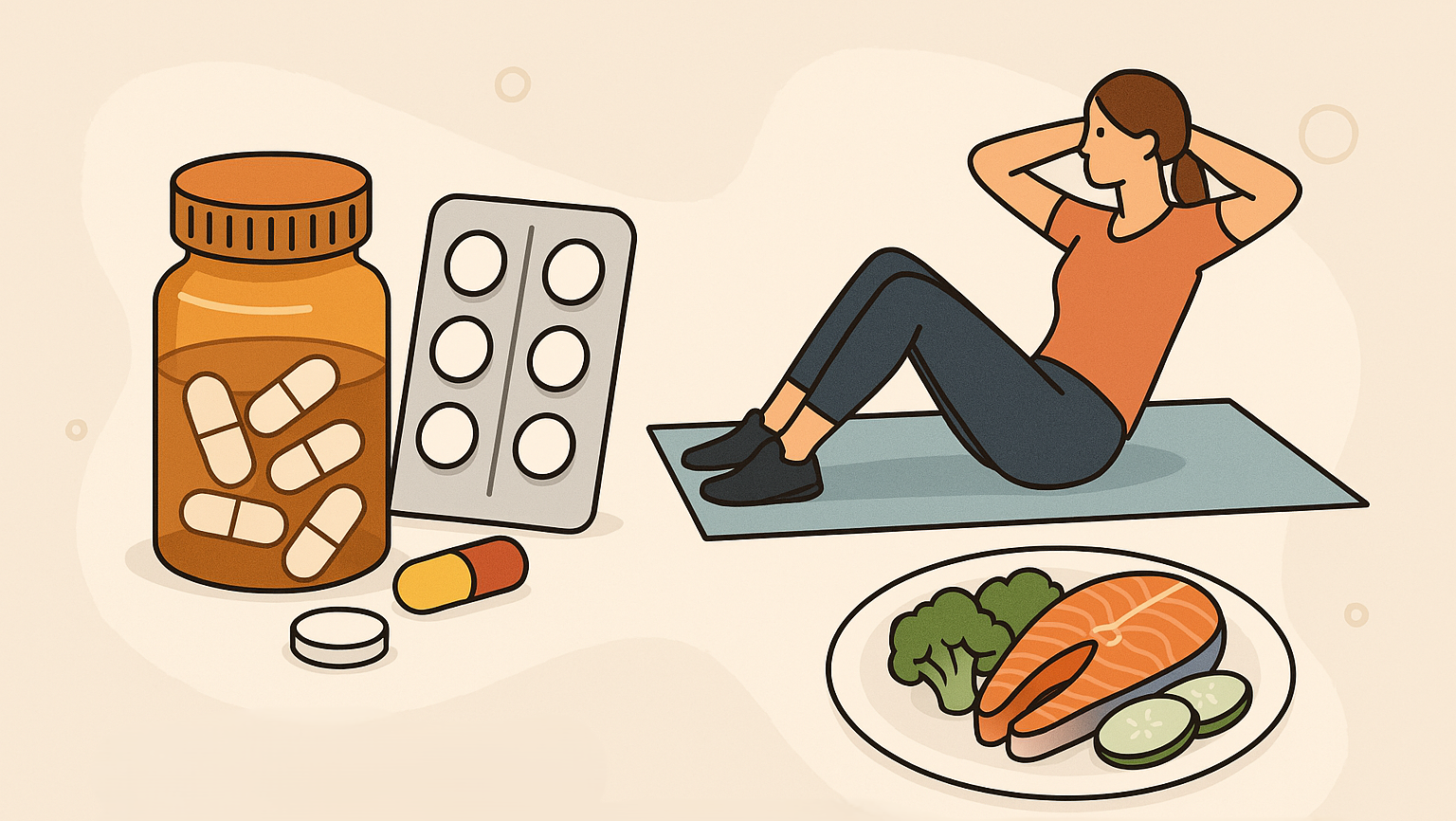
Before exploring herbal remedies, let’s quickly discuss the conventional or mainstream strategies typically recommended:
- Diuretics (Water Pills)
Medications like furosemide (Lasix) help the kidneys expel more sodium and water. While effective, they can lead to nutrient deficiencies if used long-term without proper monitoring. - Compression Garments
Stockings or sleeves can help promote circulation and prevent fluid from pooling in the legs and ankles. - Exercise
Regular physical activity, especially activities like walking or swimming, can boost circulation and lymphatic drainage. - Dietary Adjustments
Reducing sodium intake, increasing potassium-rich foods, and drinking plenty of water are basic yet effective measures. - Medical Intervention
If water retention is caused by an underlying medical condition, treating the root issue—such as heart, liver, or kidney disease—is critical.
These conventional methods often work well and can be complemented by natural, herbal solutions. In fact, many conventional diuretics were originally derived from plant-based compounds, which is a testament to the power of nature’s pharmacopoeia.
Why Choose Herbal Remedies?
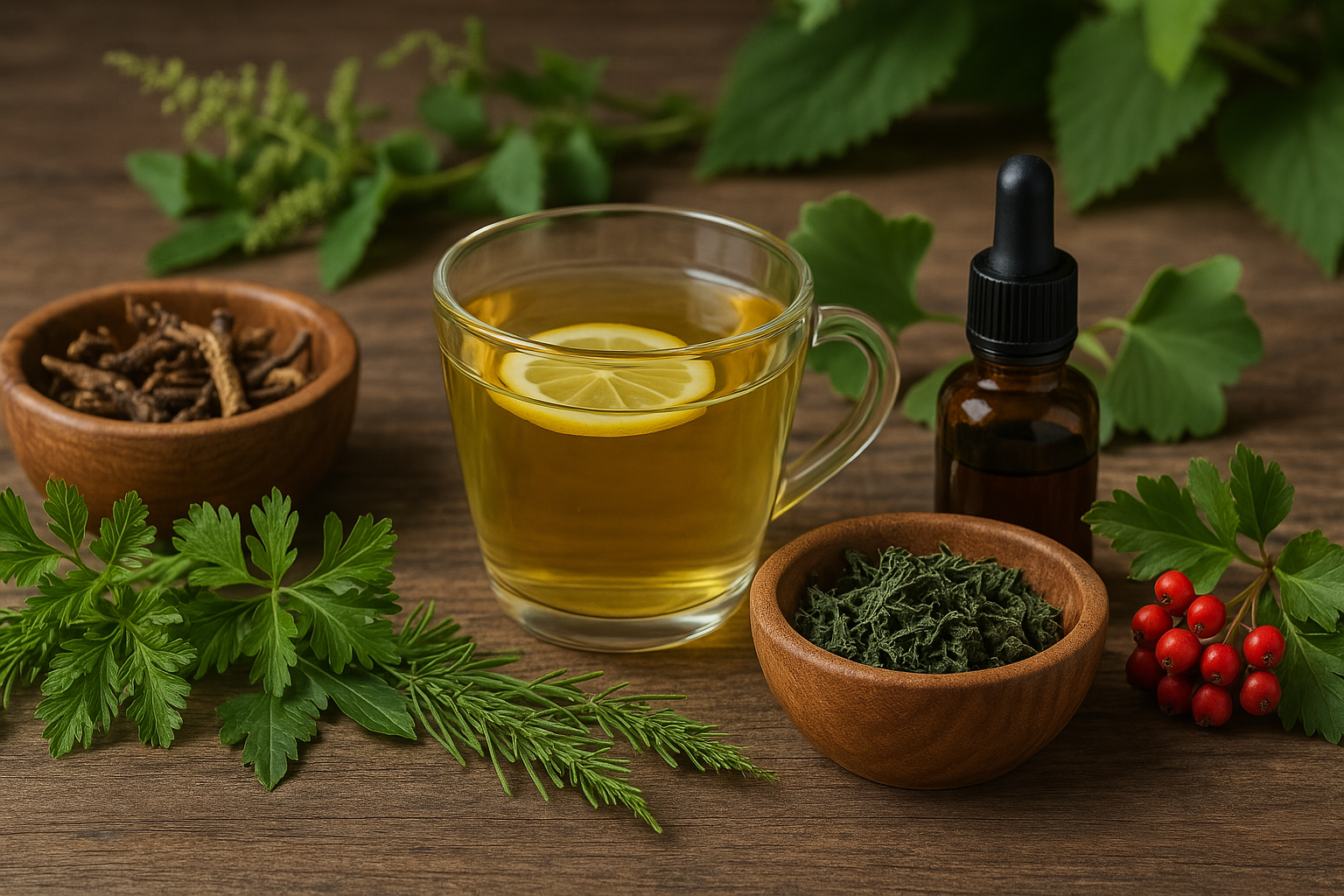
People often turn to herbal remedies for water retention for several reasons:
- Fewer Side Effects
Herbs tend to have fewer harsh side effects compared to synthetic diuretics, although caution and proper usage are still important. - Nutritional Benefits
Many herbs also offer vitamins, minerals, and antioxidants that can support overall health. - Long History of Traditional Use
Cultures worldwide have used herbal diuretics and circulatory boosters for centuries, passing down knowledge through generations. - Holistic Approach
Herbal remedies often take a holistic view of health, working alongside lifestyle changes and a healthy diet to promote long-term well-being.
While herbal solutions can offer numerous benefits, always remember to consult with a healthcare professional—especially if you have underlying health conditions or are taking prescription medications.
Top Herbal Solutions for Water Retention
The following herbs have gained popularity for their diuretic and anti-inflammatory properties, making them excellent natural tools for combating water retention.
1. Dandelion Root
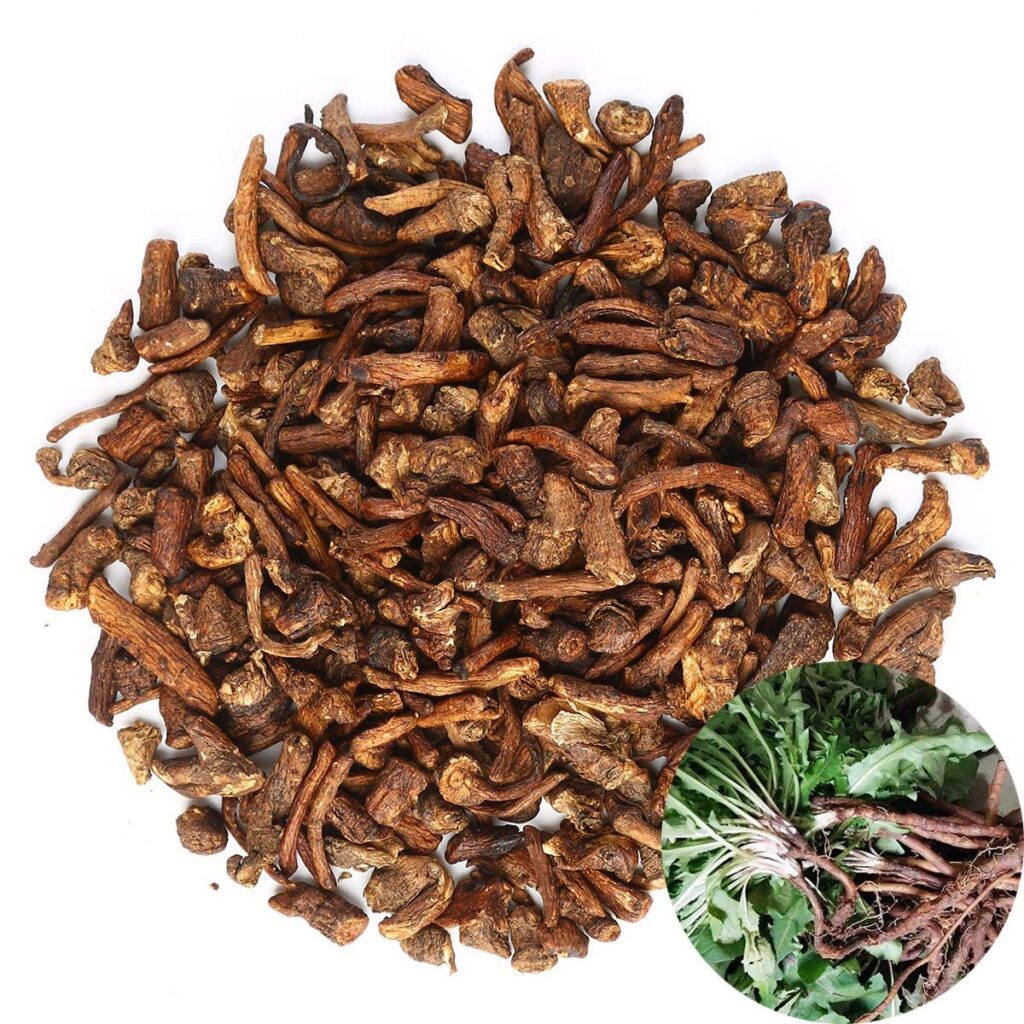
Dandelion (Taraxacum officinale) is a common weed with powerful medicinal benefits. Both the leaves and roots are used in herbalism, but the root is especially well-known for its diuretic properties.
Key Benefits
- Natural Diuretic: Dandelion root can help the kidneys expel excess sodium and water.
- Rich in Nutrients: Contains potassium, which is beneficial for fluid balance.
- Liver Support: Encourages detoxification and supports healthy liver function.
How to Use
- Tea: Dandelion root tea is one of the most common preparations. Steep 1–2 teaspoons of dried root in hot water for 5–10 minutes.
- Tincture: A few drops in water daily can be beneficial for general fluid balance.
2. Parsley
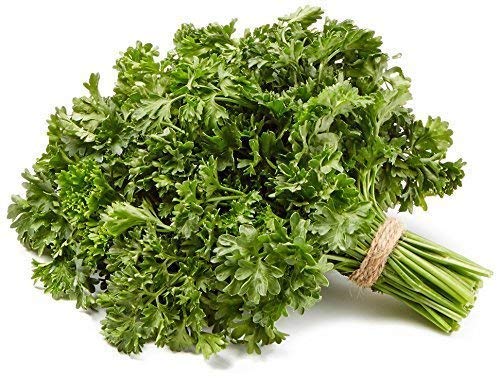
Parsley (Petroselinum crispum) is more than just a garnish; it has diuretic properties that have been recognized in traditional medicine for centuries.
Key Benefits
- Mild Diuretic: Encourages frequent urination, helping reduce excess fluids.
- Vitamin and Mineral Content: High levels of vitamins A, C, and K, plus folate and iron.
- Antioxidant: Contains flavonoids like apigenin, known for antioxidant effects.
How to Use
- Fresh Parsley Tea: Boil a handful of fresh parsley in water for 3–5 minutes. Strain and enjoy once cooled.
- Juicing: Add fresh parsley to vegetable juices or smoothies for an added diuretic punch.
3. Green Tea
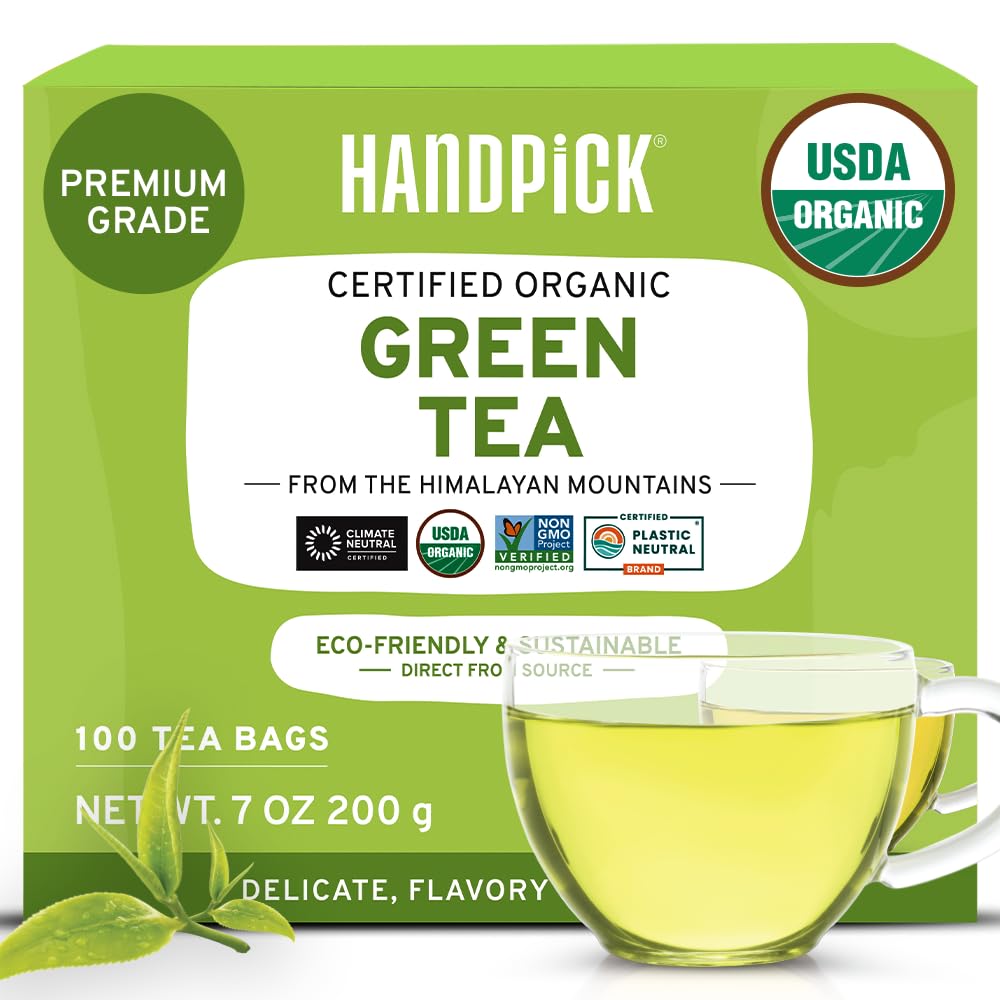
Green tea (Camellia sinensis) is widely celebrated for its high antioxidant content and mild diuretic effects.
Key Benefits
- Gentle Diuretic: Promotes urination without causing abrupt fluid loss.
- High Antioxidant Levels: Contains catechins that support cardiovascular health and reduce inflammation.
- Metabolism Booster: May aid in weight management by supporting healthy metabolism.
How to Use
- Daily Tea: Brewing 2–3 cups a day can help maintain fluid balance.
- Matcha: A more potent form of green tea, matcha can be whisked into water or milk for a creamy beverage.
4. Nettle Leaf
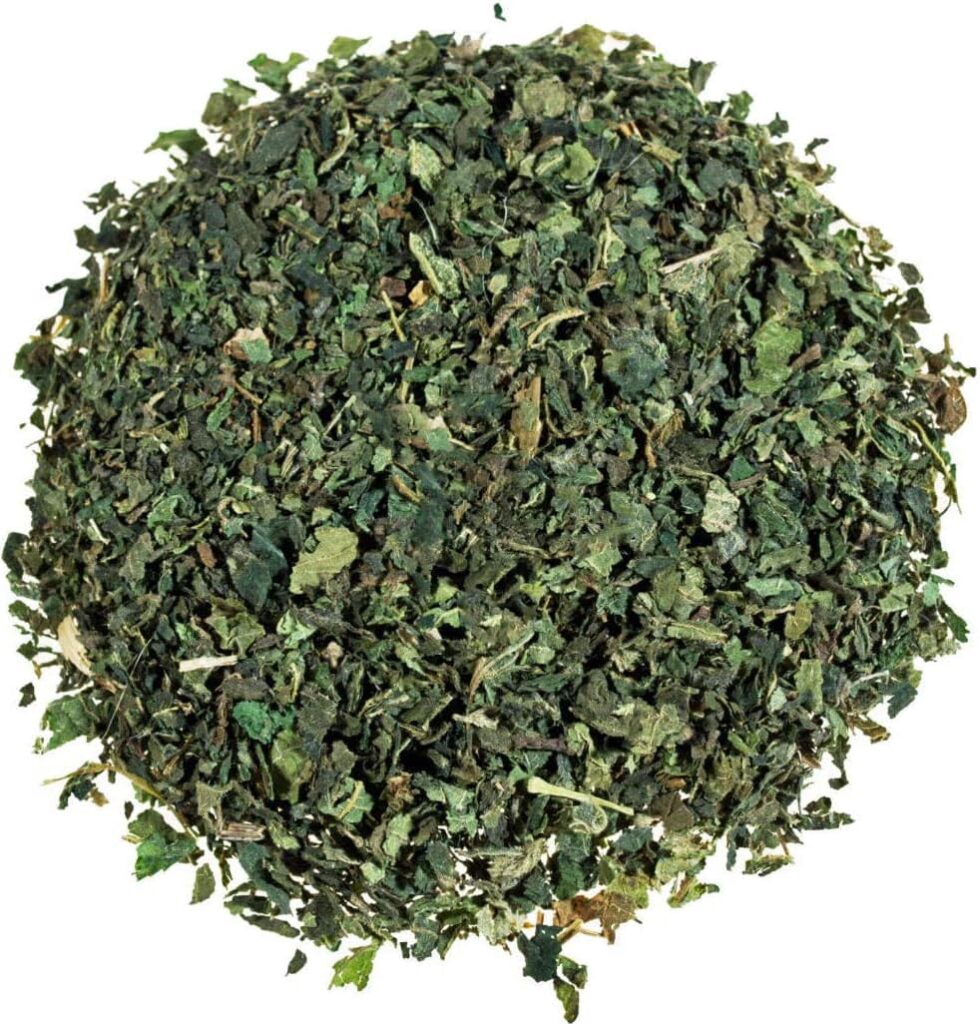
Stinging nettle (Urtica dioica) is a popular herb known for its anti-inflammatory properties and mild diuretic action.
Key Benefits
- Inflammation Reduction: May soothe conditions that involve inflammation and swelling.
- Mineral-Rich: Provides iron, calcium, and magnesium, supporting overall wellness.
- Kidney Support: Traditionally used for kidney health and urinary tract issues.
How to Use
- Tea: Nettle leaf tea is common; steep 1–2 teaspoons of dried leaves in hot water for 10–15 minutes.
- Soup Add-In: Fresh nettle can be cooked like spinach and added to soups or stews.
5. Hawthorn
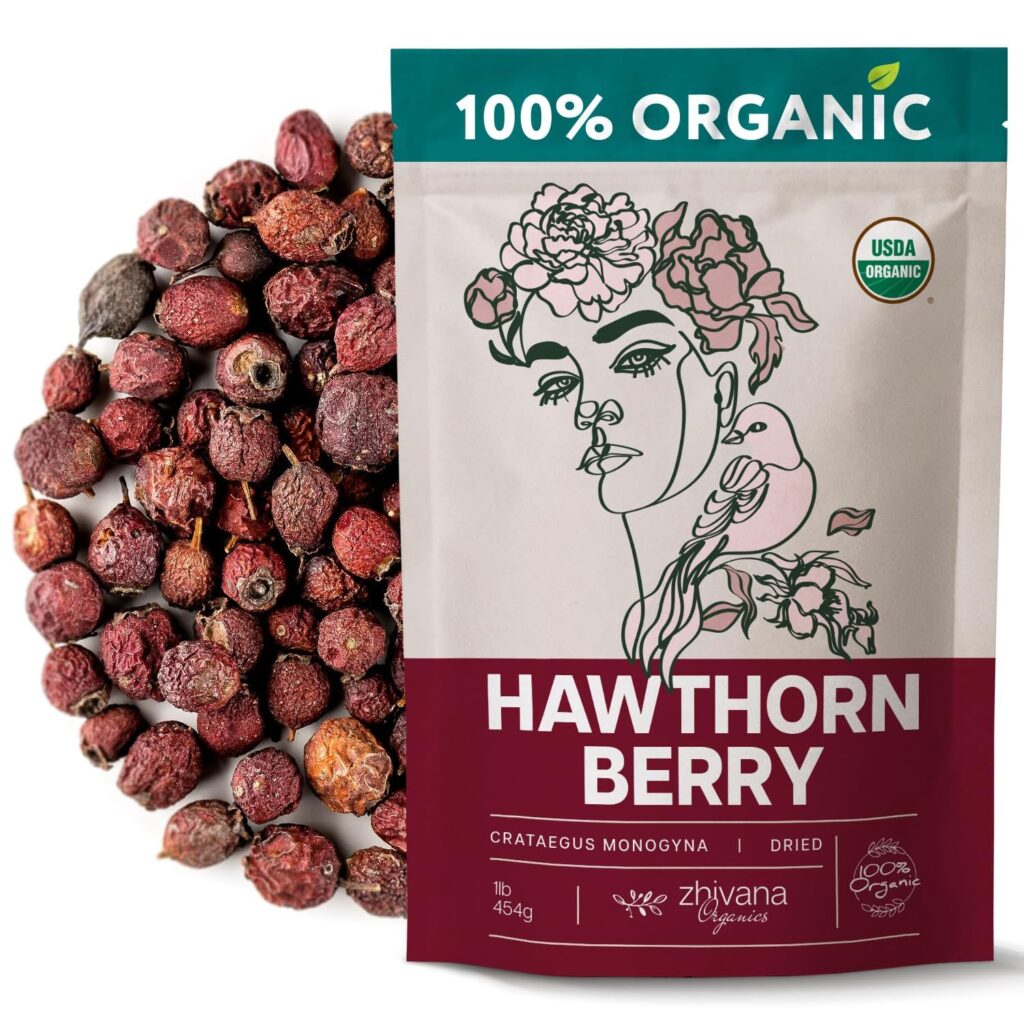
Hawthorn (Crataegus spp.) is famous for its cardiovascular benefits, particularly in European herbal traditions.
Key Benefits
- Cardiovascular Support: Improves circulation and strengthens the heart muscle.
- Mild Diuretic Properties: Encourages the body to eliminate excess fluid gently.
- Rich in Antioxidants: Contains flavonoids like quercetin and oligomeric proanthocyanidins (OPCs).
How to Use
- Tea: Hawthorn berry tea can be taken daily for ongoing support.
- Tinctures: Concentrated hawthorn extracts are also available, typically consumed a few drops at a time.
6. Ginkgo Biloba
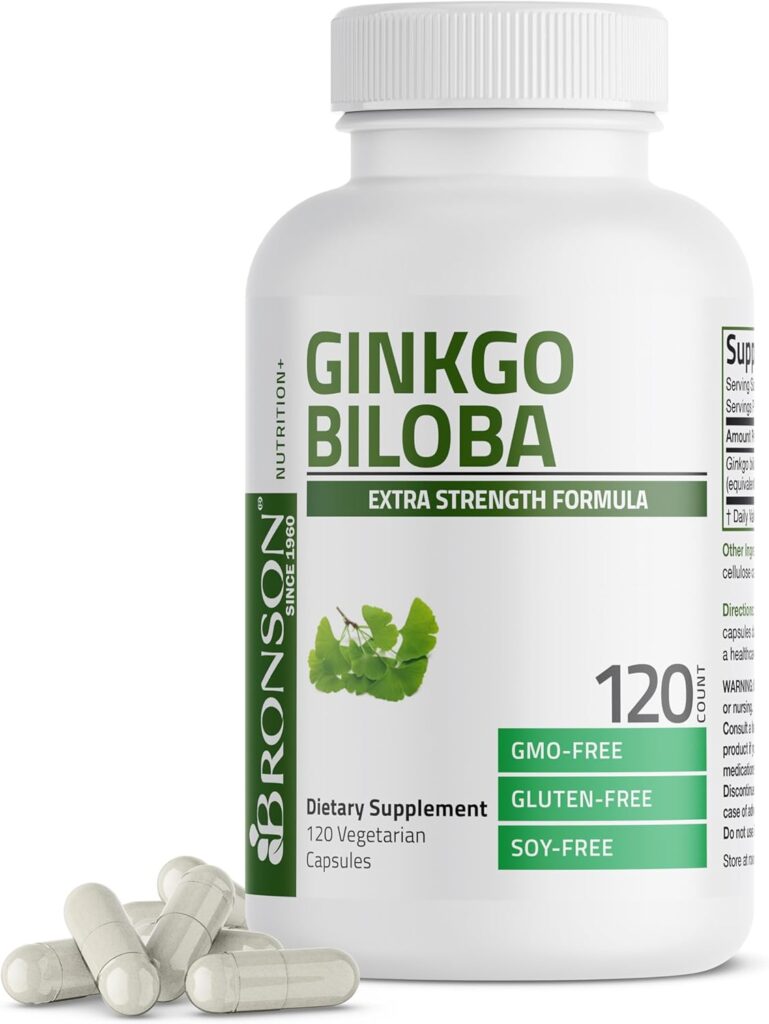
Ginkgo biloba is one of the oldest living tree species on Earth, known for improving circulation and cognitive function.
Key Benefits
- Circulatory Aid: Improves blood flow, helping reduce fluid buildup in tissues.
- Anti-Inflammatory: May ease swelling associated with poor circulation.
- Memory Support: Commonly used to support brain health and reduce mental fatigue.
How to Use
- Capsules: Standardized ginkgo biloba supplements can be found in health food stores.
- Extract: Liquid extracts can be mixed into teas or taken with water.
7. Horsetail

Horsetail (Equisetum arvense) is a prehistoric plant rich in silica and known for its diuretic properties.
Key Benefits
- Strong Diuretic: Encourages the release of excess fluids.
- Bone and Hair Health: The high silica content supports healthy hair, nails, and bones.
- Anti-Inflammatory: Can help alleviate swelling and fluid buildup in tissues.
How to Use
- Tea: Horsetail tea is one of the most common ways to consume this herb.
- Capsules: Easily found in supplement form; follow dosage instructions on the product label.
8. Corn Silk
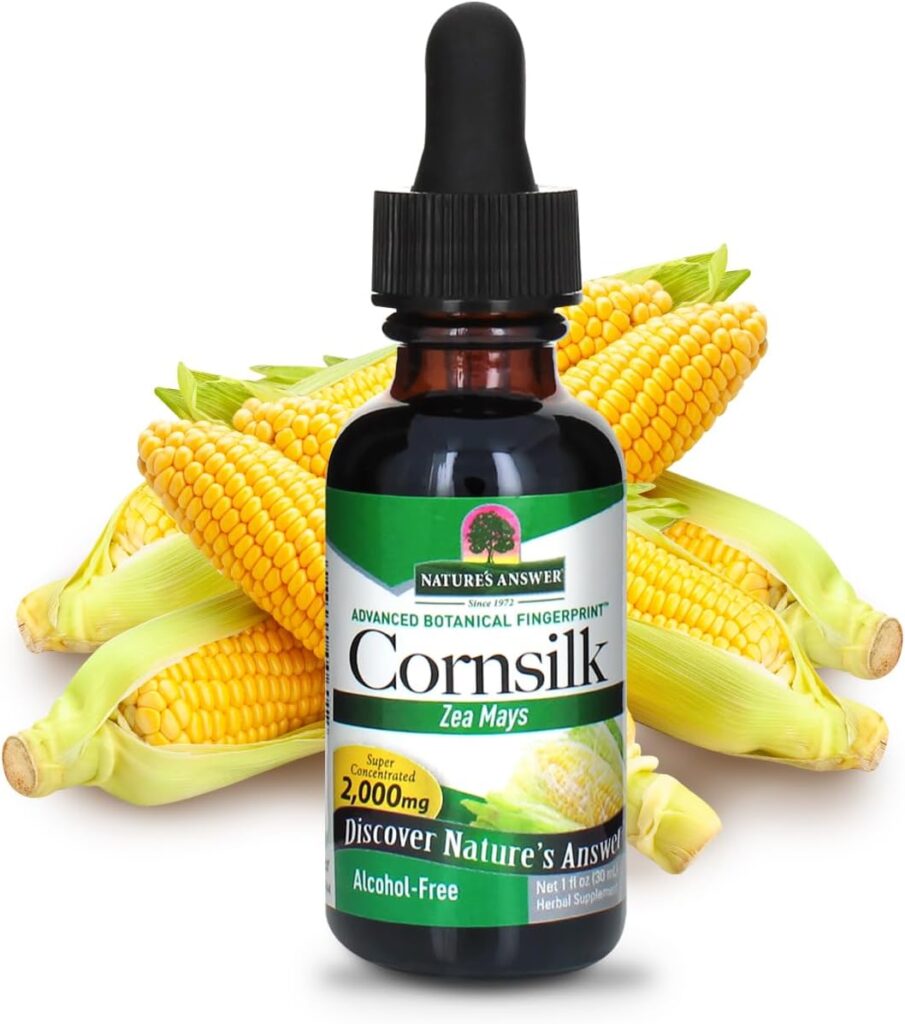
Corn silk refers to the long, silky fibers found underneath the husk of fresh corn. Traditionally used for urinary tract health, corn silk also has diuretic properties.
Key Benefits
- Kidney Health: Helps cleanse the kidneys and may help reduce kidney stones.
- Mild Diuretic: Encourages urination to flush out toxins and reduce fluid buildup.
- Anti-Inflammatory: Contains compounds that may help soothe irritated urinary tracts.
How to Use
- Tea: Steep a handful of fresh or dried corn silk in hot water for 10 minutes.
- Tincture: A few drops daily may support urinary health and prevent bloating.
9. Horse Chestnut
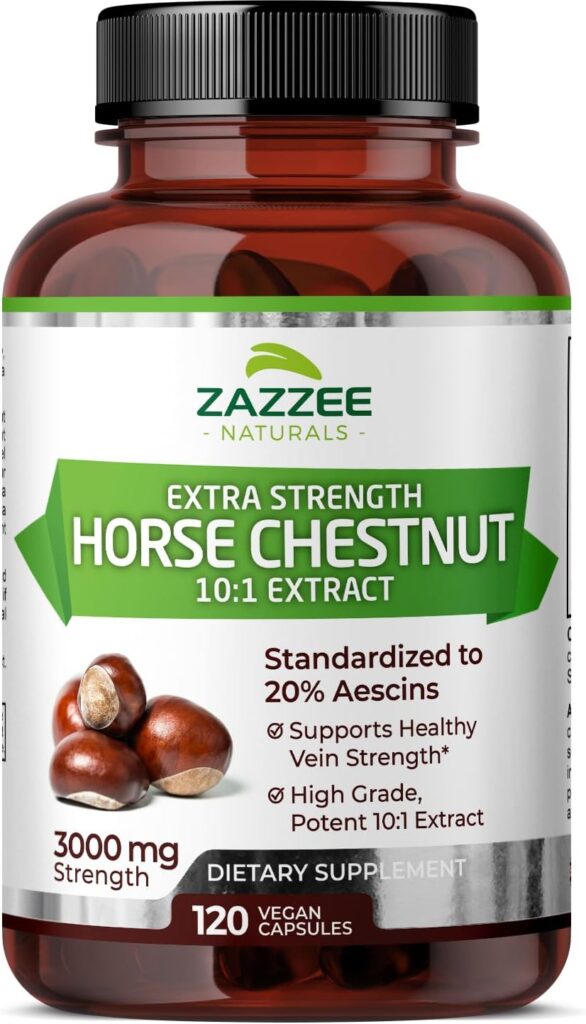
Horse chestnut (Aesculus hippocastanum) seeds are known for their beneficial effects on circulation, particularly in the legs.
Key Benefits
- Vascular Strength: Improves vein elasticity, reducing the pooling of blood and fluid.
- Inflammation Relief: May reduce swelling associated with varicose veins.
- Blood Circulation: Helps prevent fluid buildup, especially in the lower extremities.
How to Use
- Topical Creams: Often used in creams to reduce varicose veins and swelling.
- Oral Supplements: Standardized extracts containing aescin are taken under professional guidance.
How to Use These Herbs Effectively
The efficacy of herbal remedies depends not only on the choice of herb but also on how it’s prepared and consumed. Here are some common methods:
Herbal Teas
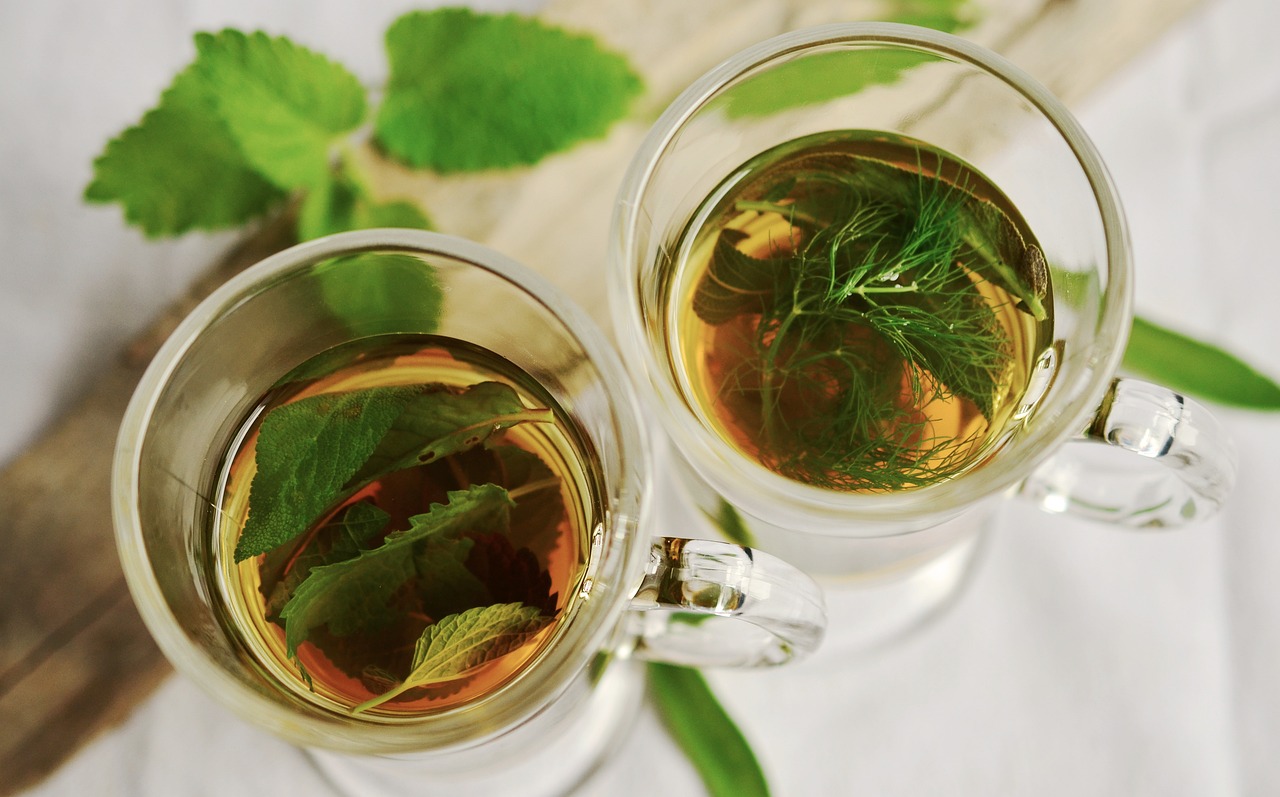
- Infusions vs. Decoctions:
- Infusions (steeping leaves or flowers in hot water) are best for delicate plant parts like nettle leaves, green tea leaves, or parsley.
- Decoctions (simmering harder parts like roots or bark) are ideal for dandelion root or hawthorn berries.
- Brewing Tips: Use fresh, filtered water and allow the herb to steep for the recommended time to ensure maximum benefit.
- How Often?: Aim for 1–3 cups a day, depending on the herb’s potency and your specific needs.
Tinctures and Extracts
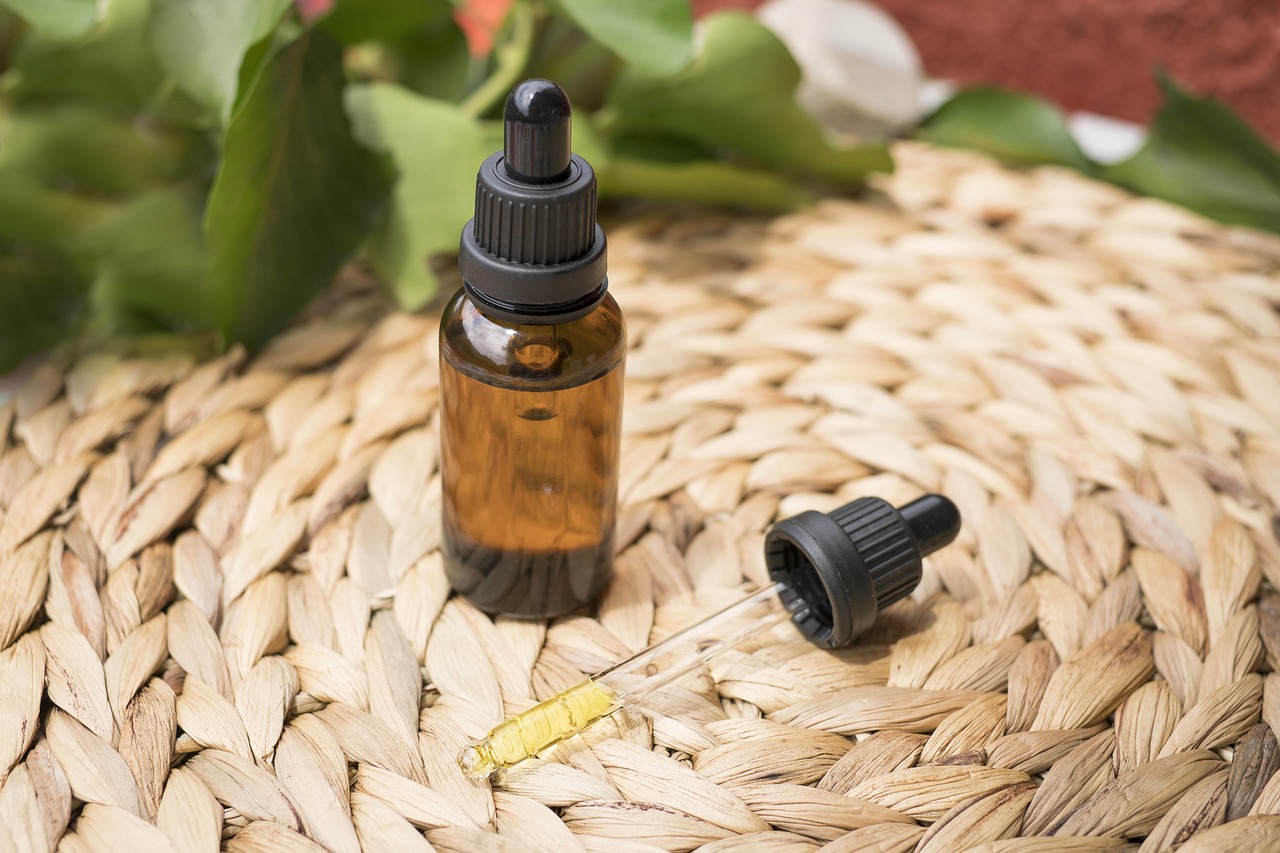
- Concentrated Form: Tinctures are made by soaking herbs in alcohol or glycerin, extracting their active compounds.
- Fast Absorption: Because they are highly concentrated, tinctures can be absorbed quickly.
- Usage: Typically taken in small doses (e.g., 20–30 drops in water) 1–3 times a day, following the label instructions or a healthcare provider’s recommendation.
Capsules and Supplements
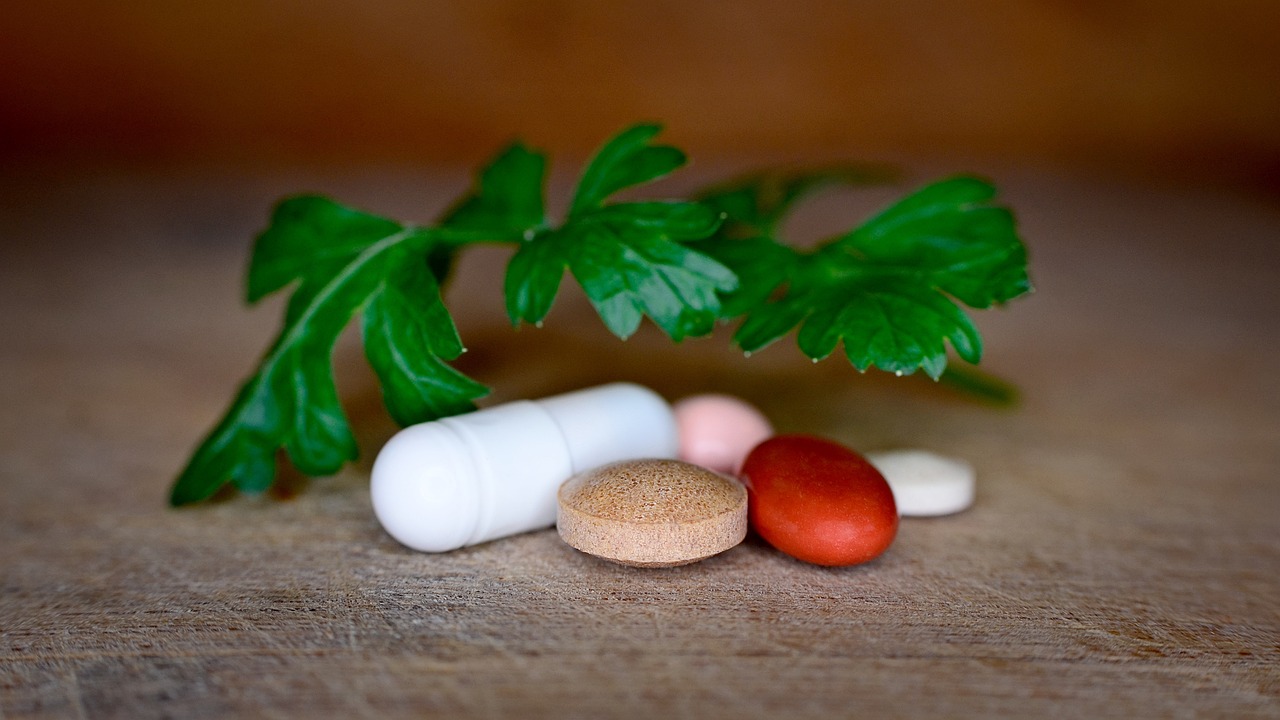
- Standardized Extracts: Capsules often contain a measured amount of the herb’s active compounds, providing consistency in dosage.
- Convenience: Easy to take on the go, with no need for brewing or mixing.
- Precautions: Always check for third-party testing and ensure the supplement is high quality.
Poultices and Topical Applications
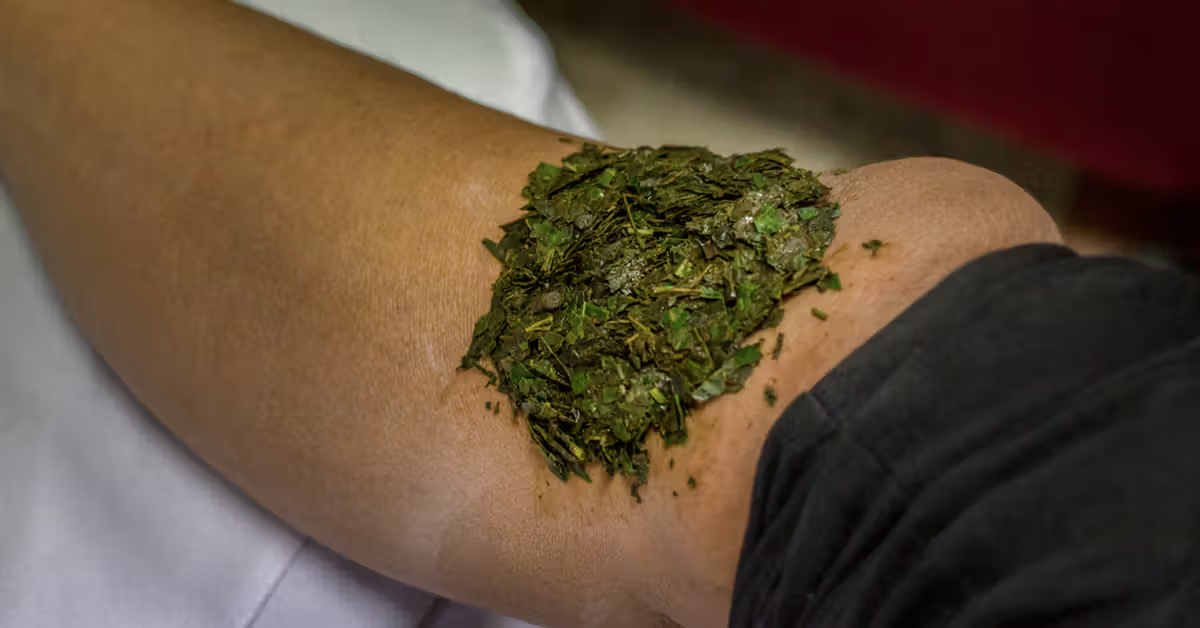
- Local Relief: Some herbs like horse chestnut are commonly used in topical creams to reduce swelling, particularly for varicose veins.
- Method: Create a paste of powdered herb and warm water or use a specialized herbal cream. Apply to the swollen area for 15–20 minutes.
Essential Oils and Aromatherapy for Bloating
While herbal teas and supplements are often the first line of defense, certain essential oils may help improve circulation and relieve bloating:
Peppermint Oil
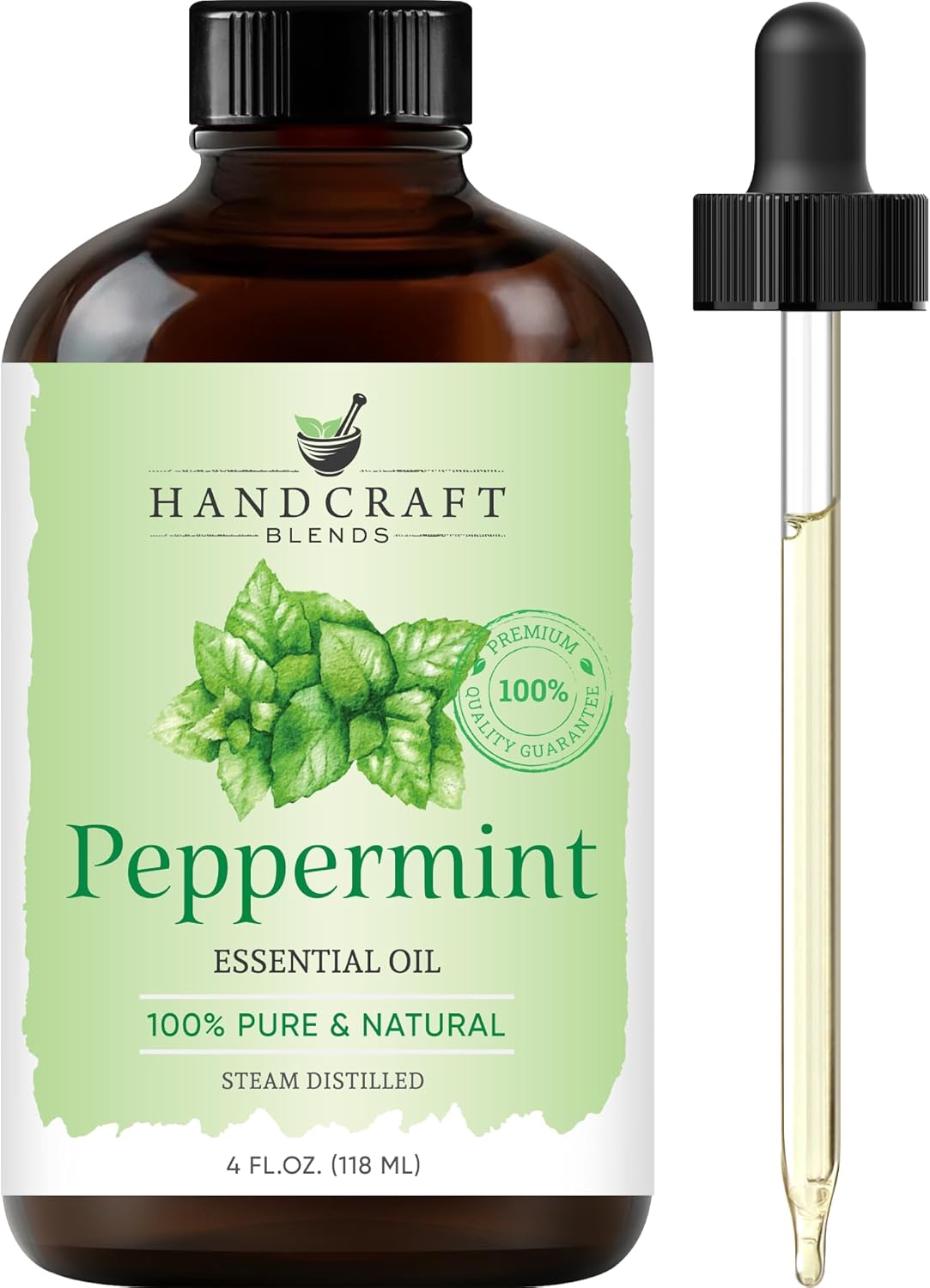
- Benefits: Helps soothe digestive discomfort and can reduce intestinal bloating.
- Usage: Diffuse in a room or mix a few drops with a carrier oil (like almond or coconut) for topical application.
Lavender Oil
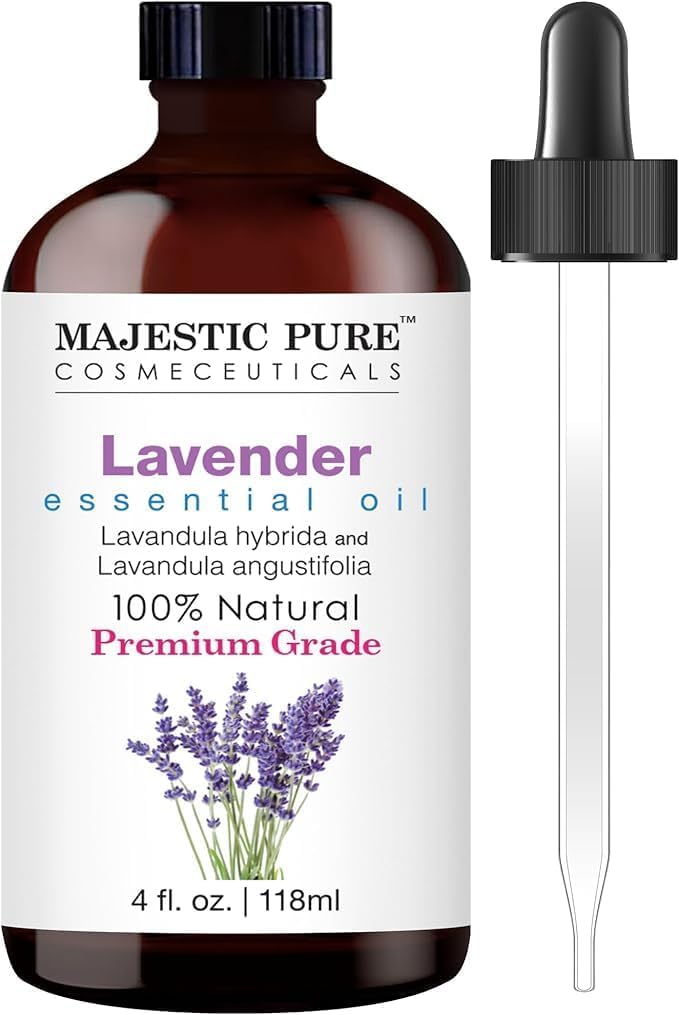
- Benefits: Well-known for its calming properties, which can indirectly help with bloating by reducing stress and muscle tension.
- Usage: Add to a warm bath or use in a diffuser to promote relaxation.
Fennel Oil
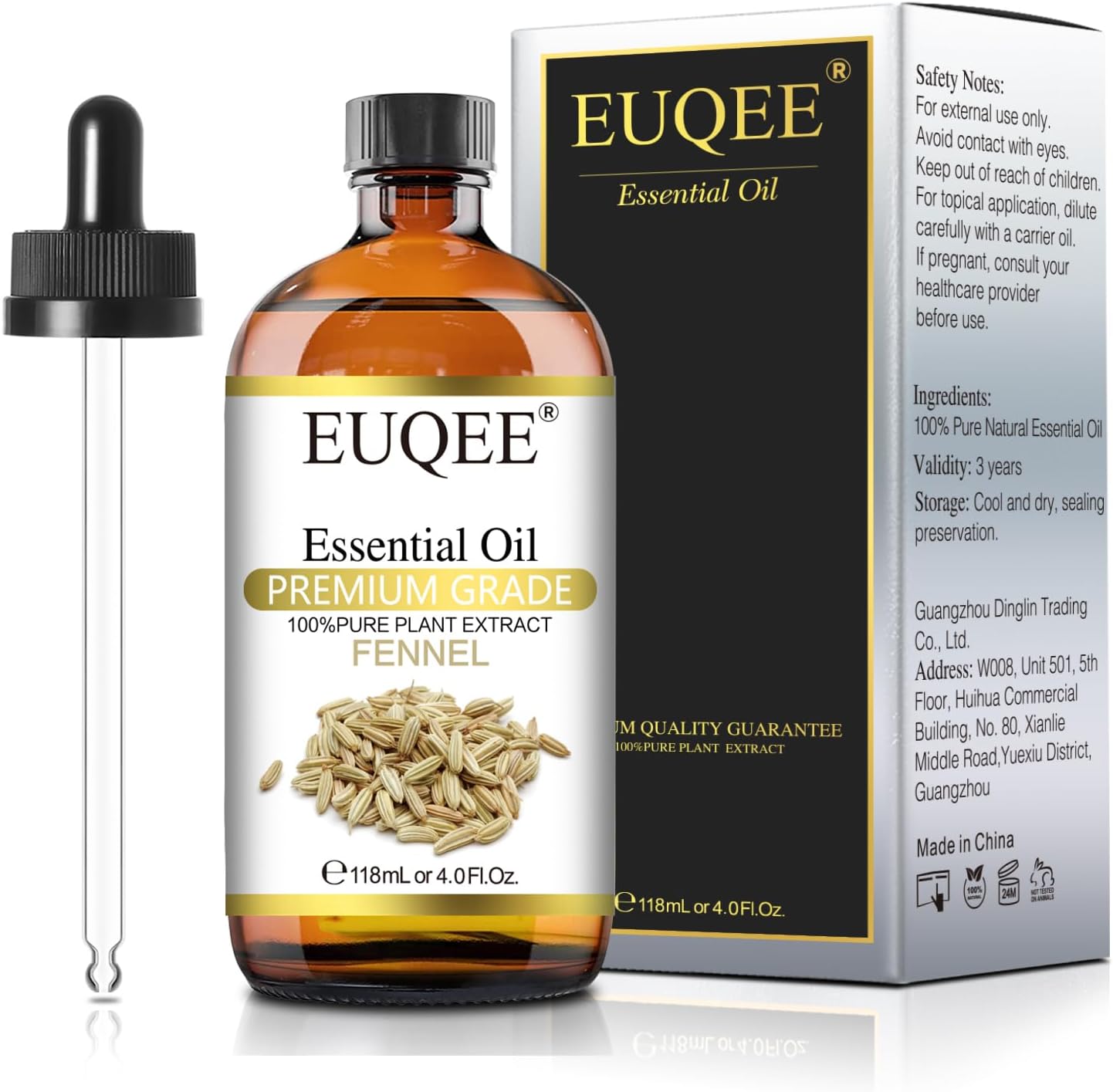
- Benefits: Traditionally used for digestive issues, fennel oil may help reduce gas and puffiness.
- Usage: Dilute with a carrier oil and gently massage over the abdomen.
Ginger Oil

- Benefits: Stimulates circulation and digestion, helping combat fluid retention and bloating.
- Usage: Mix with carrier oil and massage onto areas prone to swelling, or inhale via a diffuser.
Always dilute essential oils properly before topical use, and do a patch test to check for allergic reactions.
Lifestyle Tips to Prevent and Manage Water Retention

Combating water retention is most effective when combining herbal remedies with a balanced, healthful lifestyle. Below are some critical lifestyle changes that can make a significant difference:
Balance Your Diet
- Reduce Sodium
- Cut down on high-sodium foods like fast food, chips, canned soups, and processed meats.
- Replace regular table salt with herbs and spices like basil, oregano, or black pepper for flavor.
- Increase Potassium
- Foods like bananas, avocados, tomatoes, and sweet potatoes help balance sodium levels.
- Potassium supports the kidneys in excreting excess sodium.
- Add More Fruits and Vegetables
- Fresh produce offers fiber, vitamins, and minerals that help regulate fluid balance.
- Choose water-rich veggies like cucumbers and watermelon for extra hydration and diuretic effect.
- Lean Proteins
- Protein is essential for maintaining osmotic balance in the bloodstream.
- Opt for lean options like chicken, turkey, fish, legumes, or tofu.
Stay Hydrated
- Adequate Water Intake
- Aim for 8–10 cups of water daily, adjusting based on climate, activity level, and personal needs.
- Proper hydration signals your body it’s safe to flush out excess fluids.
- Avoid Excessive Caffeine
- While caffeinated beverages can have mild diuretic effects, too much caffeine may cause dehydration.
- Balance coffee or black tea intake with sufficient water.
- Limit Sugary Drinks
- Sodas and sweetened beverages can spike insulin, potentially contributing to fluid retention and inflammation.
Regular Exercise and Physical Activity
- Cardiovascular Workouts
- Activities like brisk walking, jogging, or cycling help improve circulation and lymphatic drainage.
- Aim for at least 150 minutes of moderate exercise per week.
- Strength Training
- Building muscle improves metabolism and enhances fluid regulation in the body.
- Focus on the legs and core for better circulatory support.
- Simple Stretching
- If you have a desk job, take breaks every 30–60 minutes to stretch your legs.
- Yoga poses like Legs-Up-the-Wall (Viparita Karani) can help move fluid out of the lower extremities.
Stress Management
- Mindfulness and Relaxation Techniques
- Chronic stress increases cortisol levels, which can lead to fluid retention.
- Incorporate meditation, deep breathing exercises, or progressive muscle relaxation into your routine.
- Adequate Leisure Time
- Ensure you have downtime to read a book, engage in a hobby, or simply unwind.
- Social Support
- Keeping close relationships and talking through stressors can lower overall stress levels, indirectly helping reduce bloating.
Adequate Rest and Sleep
- Quality Sleep
- Aim for 7–9 hours of uninterrupted sleep each night.
- Sleep is crucial for hormonal regulation, including those hormones that govern fluid balance.
- Sleep Positions
- Elevating your legs slightly while sleeping can help reduce fluid buildup in the lower limbs.
- Bedtime Routine
- Avoid eating large meals or consuming too many fluids right before bedtime.
- Turn off electronic devices at least 30 minutes before bed to promote deeper, more restorative sleep.
Safety and Precautions

While herbs are generally considered safer than synthetic pharmaceuticals, it’s important to remember the following precautions:
- Allergies
- Always test a small amount of any new herb or essential oil to ensure you don’t have an adverse reaction.
- Dosage
- Stick to recommended dosages on supplement labels or those provided by a qualified herbalist or healthcare professional.
- Pregnancy and Breastfeeding
- Some herbs may not be safe during pregnancy or breastfeeding. Consult with a healthcare provider first.
- Medication Interactions
- If you’re on prescription diuretics, blood thinners, or other medications, consult your doctor.
- Herbs like hawthorn or ginkgo biloba can interact with certain prescription drugs.
- Underlying Health Conditions
- Conditions like kidney disease, heart failure, or liver issues require professional medical management.
- Natural diuretics can sometimes place extra burden on the kidneys, so monitor closely.
- Persistent or Severe Symptoms
- If water retention does not improve or worsens over time, seek professional medical advice to rule out serious underlying conditions.
Frequently Asked Questions
- Can I use more than one herbal diuretic at a time?
- Yes, but it’s best to proceed cautiously. Combining multiple diuretics can increase the risk of dehydration and electrolyte imbalances. Consult with a healthcare professional for personalized advice.
- How quickly do herbal remedies work for water retention?
- The timeline varies. Some people notice relief within a few hours (for quick-acting herbal teas), while others require consistent use over a few days to see significant improvements.
- Is it possible to rely solely on herbs for chronic water retention?
- Herbal remedies can be part of a comprehensive approach, but chronic or severe edema often indicates an underlying issue that requires medical treatment. Always discuss persistent symptoms with your doctor.
- Can herbal remedies cause side effects?
- While herbs are natural, they are not without risks. Overconsumption of diuretic herbs can lead to dehydration, low blood pressure, or electrolyte imbalances. Follow recommended guidelines and monitor how you feel.
- Should I stop using salt altogether to reduce bloating?
- Completely eliminating sodium is usually not advisable, as the body needs some salt for optimal function. Moderation and choosing healthier sources of sodium is key.
- Are these herbs safe for children?
- Most herbal diuretics are not recommended for very young children without medical guidance. Always consult a pediatrician before giving any herbal products to a child.
- What if I don’t like the taste of herbal teas?
- You can use capsules, tinctures, or add flavor enhancers like lemon, honey, or ginger to make the tea more palatable.
- How do I know if my bloating is water retention or something else like gas?
- Bloating from gas often fluctuates more rapidly and may be accompanied by belching or flatulence. Water retention bloating tends to feel more constant and may also involve visible swelling in the extremities. A healthcare professional can help diagnose the underlying cause.
- Can I drink coffee instead of herbal tea for a diuretic effect?
- While coffee has a mild diuretic effect, excessive intake can also lead to dehydration and disrupt sleep. Herbal teas provide diuretic benefits along with other medicinal properties, making them a more holistic choice.
- Are there specific times of day that are best for taking herbal diuretics?
- Many people find it helpful to avoid taking diuretics close to bedtime to prevent nighttime trips to the bathroom. Experiment with morning or early afternoon consumption and adjust as needed.
Conclusion
Water retention can make you feel bloated, heavy, and uncomfortable—but natural relief is possible. Herbal remedies like dandelion root, parsley, green tea, nettle, hawthorn, ginkgo biloba, horsetail, corn silk, and horse chestnut can help flush excess fluids while offering added benefits like better circulation and reduced inflammation.
For lasting results, pair these herbs with a healthy lifestyle: eat a low-sodium diet, stay active, manage stress, and get enough rest. Always use herbs responsibly and consult a healthcare provider for persistent or severe symptoms.
By combining nature’s remedies with smart daily habits, you can ease bloating, restore balance, and feel your best again.




